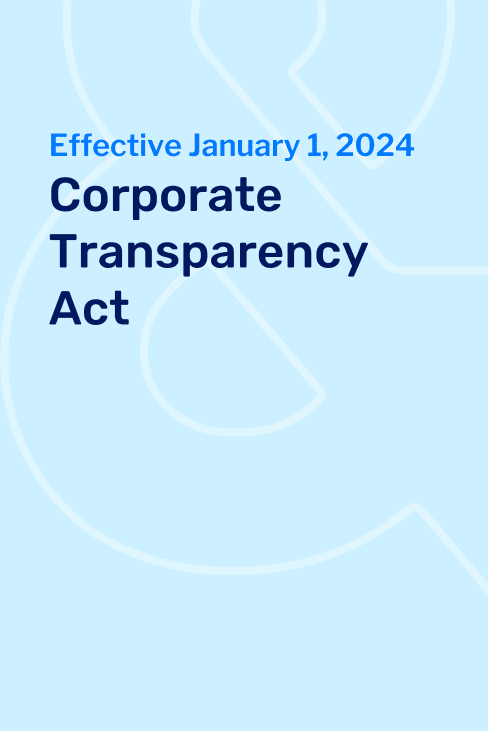Tax
Capitalize on tax credits and deductions, minimize risk, gain confidence in the compliance process and deliverables, and enhance your organization’s financial structure with the help of our experienced tax advisors. With extensive knowledge of industry, legislative, and regulatory changes that impact your business, our team offers comprehensive, strategic, and integrated tax services aligned with your unique and situational needs.
Business Tax
Gain comprehensive, tax-efficient strategies and accounting for your pass-through entity’s business taxation and its impact on you as an owner, your family, and the legacy you wish to leave behind.
LEARN MORECorporate Tax & Provisions
Efficiently manage taxable income and mitigate liabilities. We work as the tax function for or in concert with the tax department of businesses structured as C-corporations to offer advisory and execution that spans ASC 740, GILTI, multistate filings, and IRS and state tax exams.
LEARN MORECost Segregation
Minimize investor tax burdens and streamline the tax compliance process, and comply with US and foreign requirements to realize your financial goals with experienced advisory and a strategic fund tax structure.
LEARN MOREInternational Tax
Comply with global tax laws to optimize your benefits in and out of the US, reduce your multinational tax obligations, and strengthen your financial position for the best possible business outcomes.
LEARN MOREIndividual Tax Planning & Advisory
Minimize tax liabilities, maximize cash flow, and gain an efficient tax income strategy. Your CPAs and financial advisors are all under one roof to deliver unmatched continuity, personalized advice, and regular financial monitoring so you get the best possible outcomes.
LEARN MORERely on Our Commitment to Outstanding Service
Proactive and personalized tax planning, communication, and responsiveness are non-negotiable when it comes to year-round tax advisory and compliance. With over 30 years of award-winning tax expertise and specialized CPA experience, you can rest assured that our holistic, data-driven, and efficient approach to taxation proactively considers your entire business lifecycle so that when opportunities arise, you’re ready.
Increase Tax Credits
Reduce Cash Spend on Taxes
Improve Documentation
Minimize Liability
Mitigate Compliance Risks
Sustain Peace of Mind
Gain Confidence in Your Tax Strategy
Experience complete and accurate tax work that not only meets the requirements of your dynamic business but also exceeds your expectations. The right tax partner will thoughtfully weigh risks and benefits for the short- and long-term, not just in the present moment, and offer transparent and pragmatic advisory aligned with your needs no matter how those needs might evolve over time. If you’ve encountered one of these common issues, now is the time to reach out to us:
- My current provider has limited knowledge about tax issues facing my business
- Our business has outgrown our accountant
- There’s been an error too great to overlook, so we’re seeking new counsel
- The advice and services we’re receiving could be more proactive and comprehensive
SC&H SafeSend Returns
For all SC&H Group tax clients, please view our SafeSend Returns step-by-step instructional guide for more information.
VIEW INSTRUCTIONSTax Services That Transcend Industries
SC&H Tax professionals offer in-depth and diverse industry expertise that guarantees your tax needs are met every step of the way. With over three decades of combined senior-level experience, our unparalleled insights and national and international experience have positioned us as a leading tax firm in the Mid-Atlantic, serving a broad range of industries including but not limited to:
In-House Specialists to Meet Your Needs
We are recognized for delivering deep industry expertise and a comprehensive understanding of industry, legislative, and regulatory tax changes that impact your business. Our tax services are supplemented by a full-service audit, accounting, financial advisory, and management consulting firm at SC&H Group. This immediate access to financial and technical professionals fosters all-encompassing conversations throughout every engagement, from inception to completion.
meet the tax team



